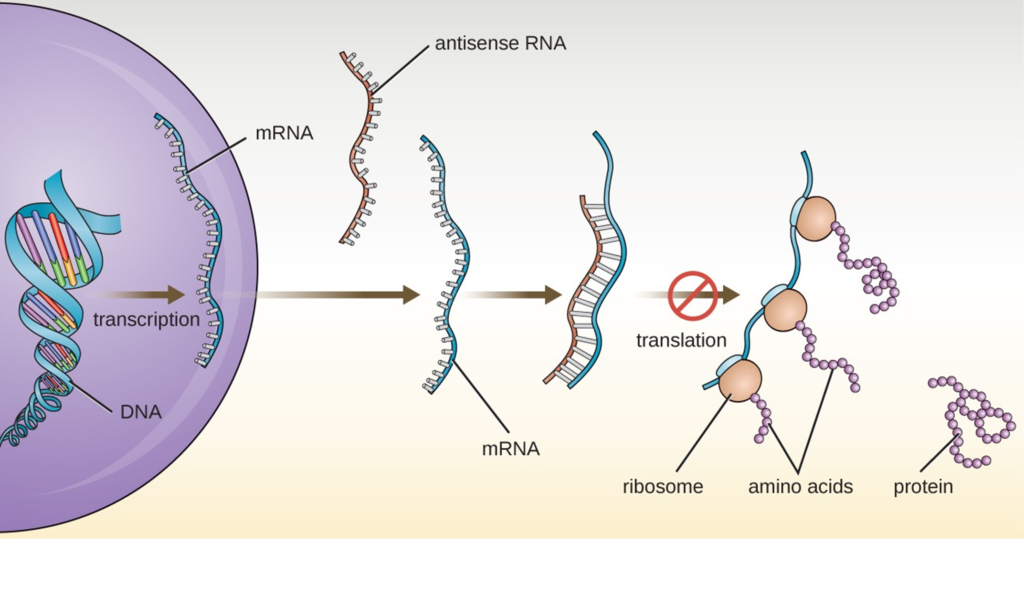GENETIC ENGINEERING ATTRIBUTION TO FACILITATE BIOSECURITY: Is AI Being Used in Genetics

The use of GMO to drive robustness of species and sustainability in production is arguably the most debatable subject in Agriculture, healthcare, and bioweaponry. However, with the explosive use of Artificial Intelligence to enhance its effectiveness and provide catalytic morphism along genetic net works to enable chemical reactions. The chemical reactions activate the inhibited states of a dominant trait in reactive networks that pair structure to increased functionality. The coupling of AI with GMO hastens the unravelling of chemical pathway systems to show simpler networks and provide analytical justification of empirical relationships during gene editing.
AI algorithms are broadly applied to a variety of task in healthcare and agricultural production to include the learning styles that identify genetic patterns and disorders from genetic data. It enhances the collection of data, analysis, and storage in real time to improve engineering efficiency. The four (4) of genetics seek to provide continuity, improvement, measurable solutions/remedies, and sustenance via
- Taxonomy
- Agriculture
- Medicine
- Evolution
This is attainable by applying the following three (3) tools of Genetic Research; restrictive enzymes (Allozymes), ligases (Mitochondrial DNA), and vectors (Microsatellites) which all differ in their properties. DNA ligases are the critical enzymes of DNA metabolism that catalyze the union of sliced DNA for replication and pathway repairs that require resyntheses. Restrictive allozymes are isoenzymes that utilizes the difference in the size and charge of proteins operating through an inert matrix via the utility of electrophoresis. Microsatellites in genomics are short segments of DNA with one or more base pairs in length that can be replicated multiple times in quick succession at a specific genomic location. These are typically non-coding DNA sequences. AI has enabled DNA and molecular biology to forge ahead in pharmacology, genetic engineering to manage disease prevention, increase agricultural growth and production, and vastly improving the detection of disease and crime. All this is do through cutting-edge automation.

The latest innovation regarding GMO Engineering is the CRISPR/cas9 gene scissors which is the newest editing tool allowing researchers to cut and paste DNA materials of their choosing in order to “create” seemingly better Genetically Modified Organisms. This family of DNA sequence is sourced from prokaryotic organisms such as bacteria and archaea. AI enable the process to thrive exponentially. This is the state-of-the-art methodology for making predictions in genomics via a functionable thought predictive model, thereby providing greater value to industries and individuals.
https://pubmed.ncbi.nlm.nih.gov/36171658/ Next See:
CRISPR-Cas9: A History of Its Discovery and Ethical Considerations of Its Use in Genome Editing
Gostimskaya I. CRISPR-Cas9: A History of Its Discovery and Ethical Considerations of Its Use in Genome Editing. Biochemistry (Mosc). 2022 Aug;87(8):777-788. doi: 10.1134/S0006297922080090. PMID: 36171658; PMCID: PMC9377665.
Pan S, Zhang H. Discovery in CRISPR-Cas9 system. Zhong Nan Da Xue Xue Bao Yi Xue Ban. 2021 Dec 28;46(12):1392-1402. English, Chinese. doi: 10.11817/j.issn.1672-7347.2021.210169. PMID: 35232910.
